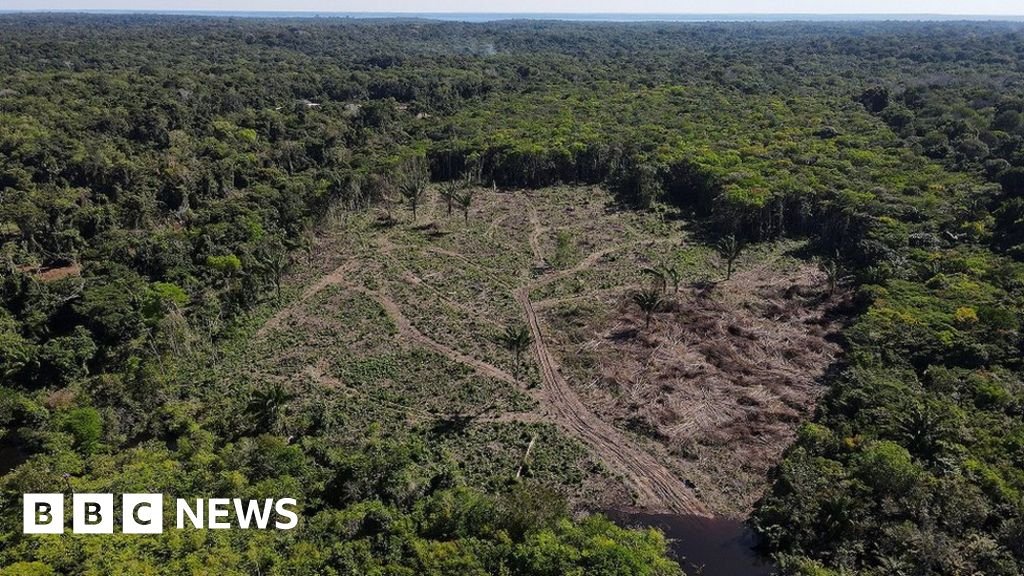The Amazon is the world’s largest rainforest, but its trees are felled for their wood and to clear space for crops that in turn supply global food companies.
The high level of deforestation is also feeding a higher than usual number of fires for this time of year, Dr Manoela Machado from the University of Oxford told Reuters news agency.
After trees are cut down, fires are often set in order to clear the land for agriculture, so more deforestation means more fires, Dr Machado said.
As well as being rich in biodiversity, the area is home to communities who say they need to use the forest for mining and commercial farming in order to make a living.
At the same time, indigenous communities living in the Amazon fight to protect the rainforest and their ways of life.
In March, researchers concluded from over three decades worth of satellite data that the health of the Amazon rainforest is deteriorating.
They said there were signs of a loss of resilience in more than 75% of the forest, with trees taking longer to recover from the effects of droughts largely driven by climate change, as well as human impacts such as deforestation and fires.
At the COP26 climate change summit in Glasgow last year, more than 100 governments promised to stop and reverse deforestation by 2030.

